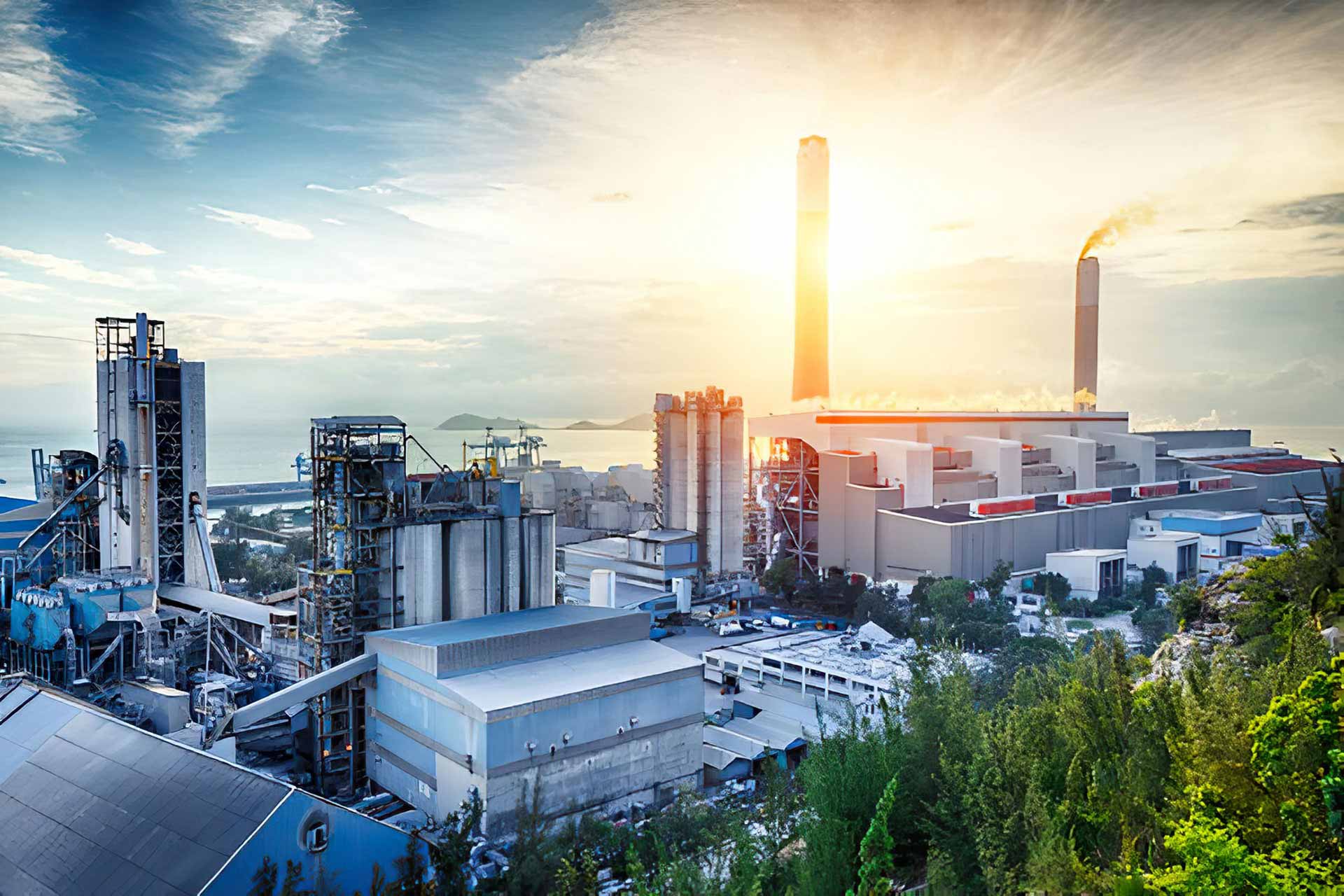Introduction
Iran’s petrochemical industry, a core pillar of the national economy, generates revenue through quality product exports to global markets. This article explores Iran’s petrochemical powerhouses, export growth, major production cities, and various aspects of this sector.
Iran’s Petrochemical Industry: A Middle Eastern Economic Power
With vast oil and gas resources, Iran ranks as one of the largest petrochemical producers in the Middle East. By producing diverse petrochemical products—such as polymers, chemicals, and fertilizers—the industry significantly boosts Iran’s economic growth.
Petrochemical Powerhouses of Iran: From Raw Materials to Final Products
Iran’s petrochemical industry produces a range of products, organized into main categories:
Primary Petrochemical Products
These products serve as raw materials for other petrochemical items, such as:
Ethylene
Used in polyethylene production and other chemical compounds.
Propylene
Essential for polypropylene and other chemical products.
Base Benzene
Utilized in chemical and fuel production.
Xylene
Applied in the manufacture of chemicals and industrial paints.
Intermediate Petrochemical Products
Intermediate products are essential for various industries, including:
Polyethylene (PE)
Common in pipe manufacturing, packaging films, and plastics.
Polypropylene (PP)
Used in automotive parts, appliances, and packaging.
Polystyrene (PS)
Essential for disposable containers and packaging.
Polyvinyl Chloride (PVC)
Utilized in pipes, cables, and building materials.
Final Petrochemical Products
These products are market-ready and meet consumer needs, such as:
Chemical Fertilizers
Ammonium nitrate and urea for agricultural applications.
Specialty Chemicals
Various industrial additives and specialty chemicals.
Engineering Plastics
High-performance materials like polycarbonate and nylon.
Resins
Includes epoxy, polyester, and other types.
By-products
Oil Derivatives
Including naphtha and liquefied petroleum gas (LPG).
Chemical Powders
For use across different industries.
Iran’s petrochemical sector fulfills domestic demands and exports to global markets, playing a pivotal role in the national economy.
Iran’s Petrochemical Exports: Global Growth and Expansion
Petrochemical exports form a crucial part of Iran’s foreign currency earnings, with significant export destinations including:
China
As a top importer, China absorbs a substantial portion of Iran’s petrochemical exports.
India
Rapid industrial growth and demand for high-quality products make India a key market.
Turkey
With high demand in the region, Turkey stands as an important export destination.
United Arab Emirates
Due to its prominent trade position, the UAE remains a critical export market.
Europe
European countries, with high demand for quality petrochemical products, are among Iran’s key export targets.
Major Petrochemical Production Cities: Industrial Power Centers
Several cities across Iran act as production hubs for petrochemical products, supported by advanced infrastructure and technology:
Assaluyeh
Located in Bushehr Province, Assaluyeh hosts large petrochemical parks and production facilities.
Mahshahr
Situated in Khuzestan, Mahshahr boasts multiple petrochemical plants and developed industrial infrastructure.
Arak
Located in Markazi Province, Arak houses various petrochemical factories, making it an industrial center.
Abadan
As a major industrial city, Abadan plays a significant role in the production and processing of petrochemical products.
Isfahan
Known for its industrial capabilities, Isfahan is a key center for petrochemical production in Iran.
Challenges and Opportunities in Iran’s Petrochemical Industry
Despite its achievements, Iran’s petrochemical industry faces several challenges:
Sanctions and Economic Issues
International sanctions and economic issues can affect exports and raw material imports.
Global Competition
Competing with other countries requires constant improvements in quality and technology.
Environmental Protection
Meeting environmental standards and managing industrial waste are critical for sustainability.




